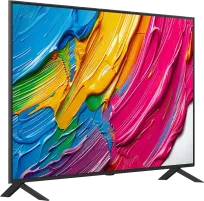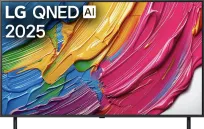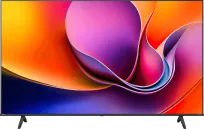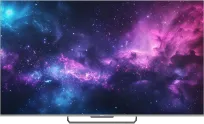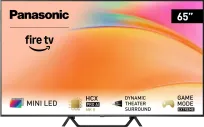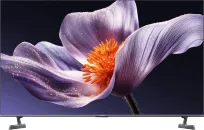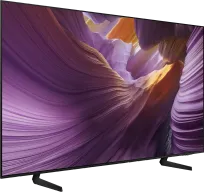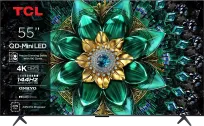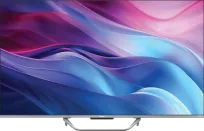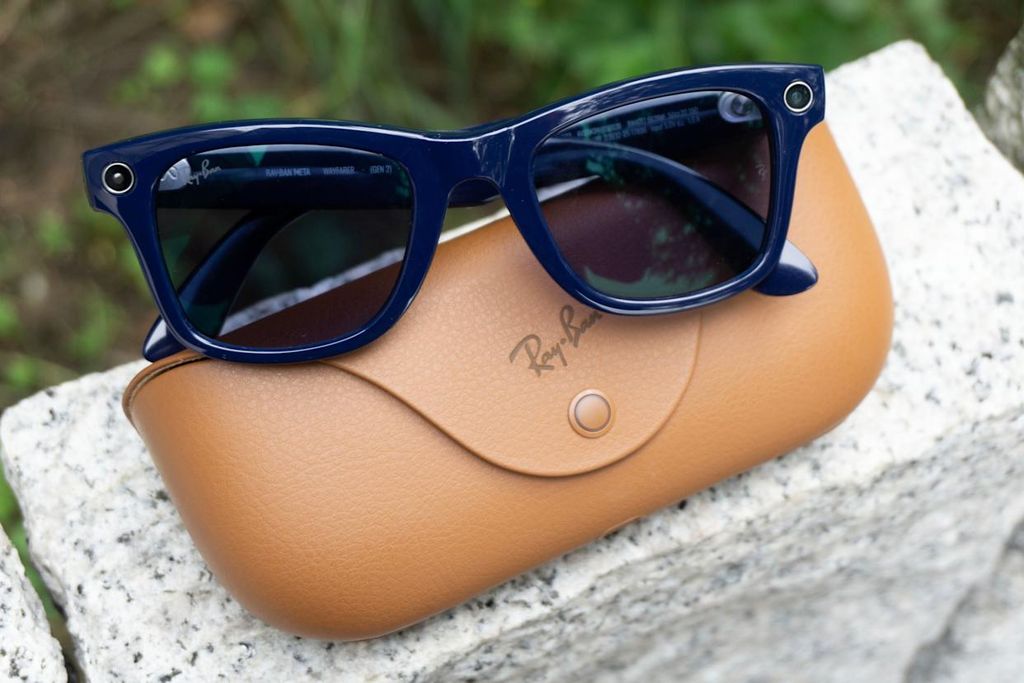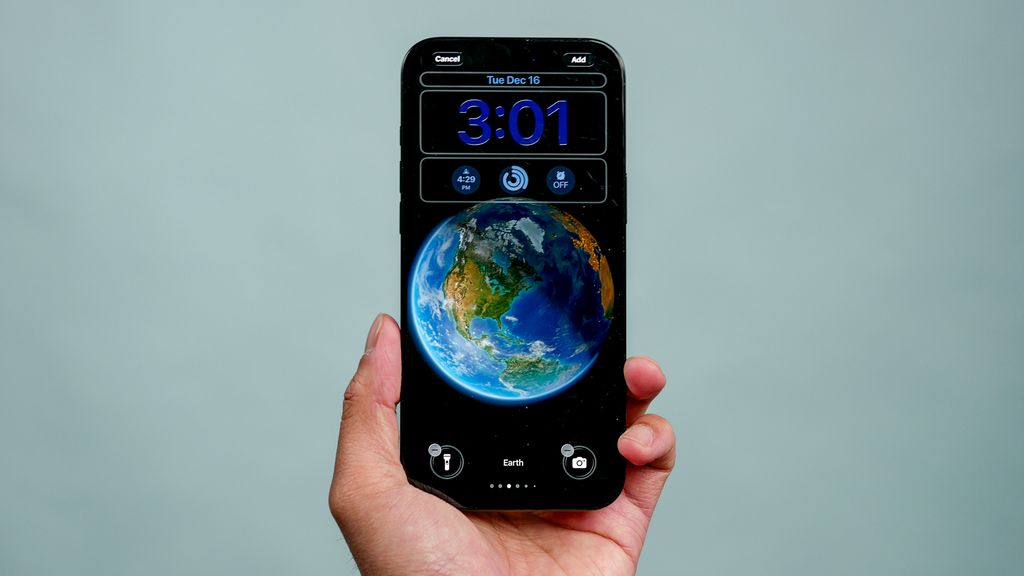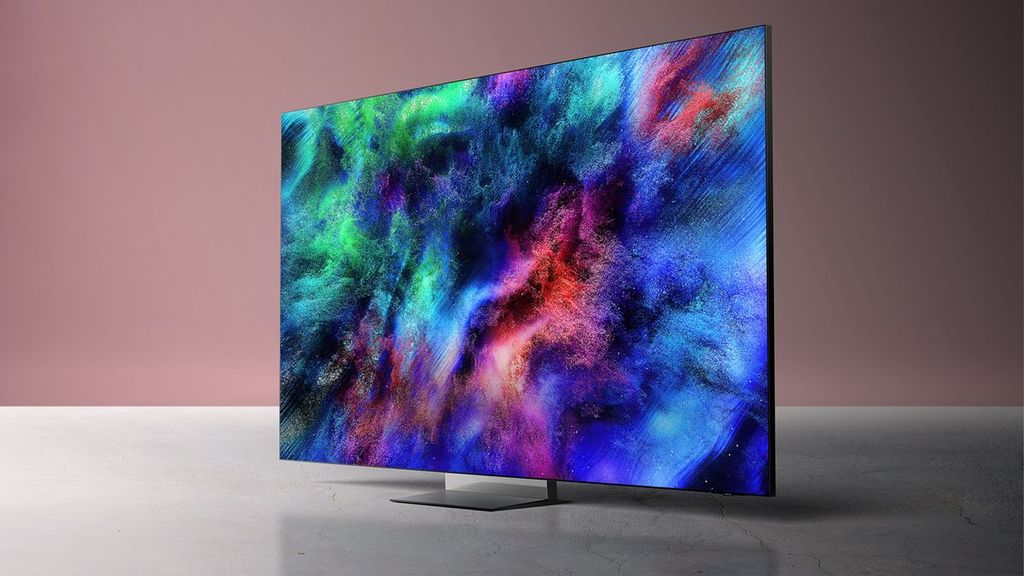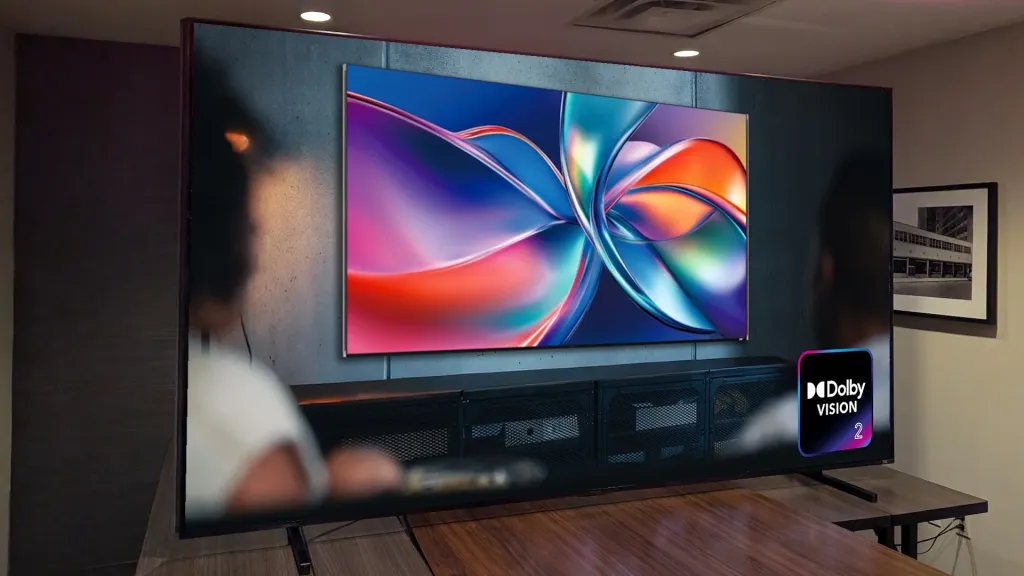
At the IFA 2025 trade show, one of the hottest topics was the official announcement of a new version of Dolby's popular HDR standard. Dolby Vision 2 is set to introduce a range of technological enhancements that – at least in theory – could elevate image quality to even higher levels than before. Importantly, Dolby has prepared two versions of the standard: Dolby Vision 2 and Dolby Vision 2 Max. The latter variant will fully harness the potential of the new solution, targeting the premium segment and the most demanding users.
Content Intelligence, Precision Black and better colour mapping
Dolby has revealed that Dolby Vision 2 will feature a completely new engine Content Intelligence, based on artificial intelligence algorithms. Its task is to dynamically adjust the image to the surrounding conditions, primarily to the level of lighting in the room. This means that the television will be able to "intelligently" enhance the visibility of details without the need for viewer intervention. Another innovation is Precision Black, a feature designed for better readability of dark scenes – without the effect of losing the artistic intent of filmmakers.
There are also improvements related to motion – scene by scene artefacts are to be eliminated, which can significantly enhance the experience of dynamic shots. Dolby also promises refined tone mapping, which will result in more natural colours and more precise brightness.
Hisense as a launch partner
The official partner for the launch of Dolby Vision 2 is Hisense. The first models supporting the new standard will include the massive 116-inch RGB-MiniLED TV and the upcoming U9 series with RGB LED technology. However, Dolby did not disclose whether other manufacturers plan to quickly adopt the format.
LG says "no", Samsung remains silent
Among the competition, LG stands out quite clearly. The manufacturer openly stated that it does not plan to implement Dolby Vision 2 in its televisions. Moreover, it confirmed that the standard is not backwards compatible, so updates for older models are out of the question. The reason is simple – Dolby Vision 2 requires the new MediaTek Pentonic 800 chip, which LG does not use in its designs. As a result, the company would have to completely redesign its chipsets, which seems not cost-effective given the lack of native content in DV2.
Samsung has traditionally maintained its position – the manufacturer declined to comment, but it’s hard to expect the company will suddenly change its policy and implement Dolby Vision. Samsung has been focusing on the competing format HDR10+ for years, of which it is one of the main promoters, and is likely to now concentrate on preparing an improved version of this standard in response to Dolby Vision 2.
Sony and TCL suggest readiness
A bit more hope came from Sony and TCL. Although TCL did not officially respond to journalists' questions, a prototype television appeared at the company's booth with a large banner stating "Dolby Vision 2.0". This is a clear indication that the company is working on implementation.
On the other hand, Sony confirmed that Dolby remains an "important partner" for them, and discussions about Dolby Vision 2 are already underway. At the same time, the lack of clear declarations suggests that the company is still exploring implementation possibilities, most likely with a view to a release in 2026.
Projectors, smartphones and physical media – what's next?
During IFA 2025, there was also a question about other devices. Dolby admitted that the current priority is televisions, but in the future, the topic of support for projectors, smartphones and Blu-ray players will also be addressed.
In the case of projectors, the prospects are bright – many modern models use the same processors as televisions. An update to the new MediaTek chipset could therefore suffice.
However, the situation in the physical media segment looks much worse. The Blu-ray player market has stagnated for several years. Panasonic hasn't released a new device since 2021, and Sony this year only showcased a slightly refreshed model from 2019. Even Magnetar, a brand associated with exclusive players, took four years to refresh its flagship models – and the latest UDP900MKII and UDP800MKII do not support Dolby Vision 2.
This means that we will have to wait a long time for support of the new standard in players. As long as the streaming market remains dominant, manufacturers of physical hardware will not be in a hurry to invest in Dolby Vision 2.
Source: hdtvtest
 Katarzyna Petru
Katarzyna Petru